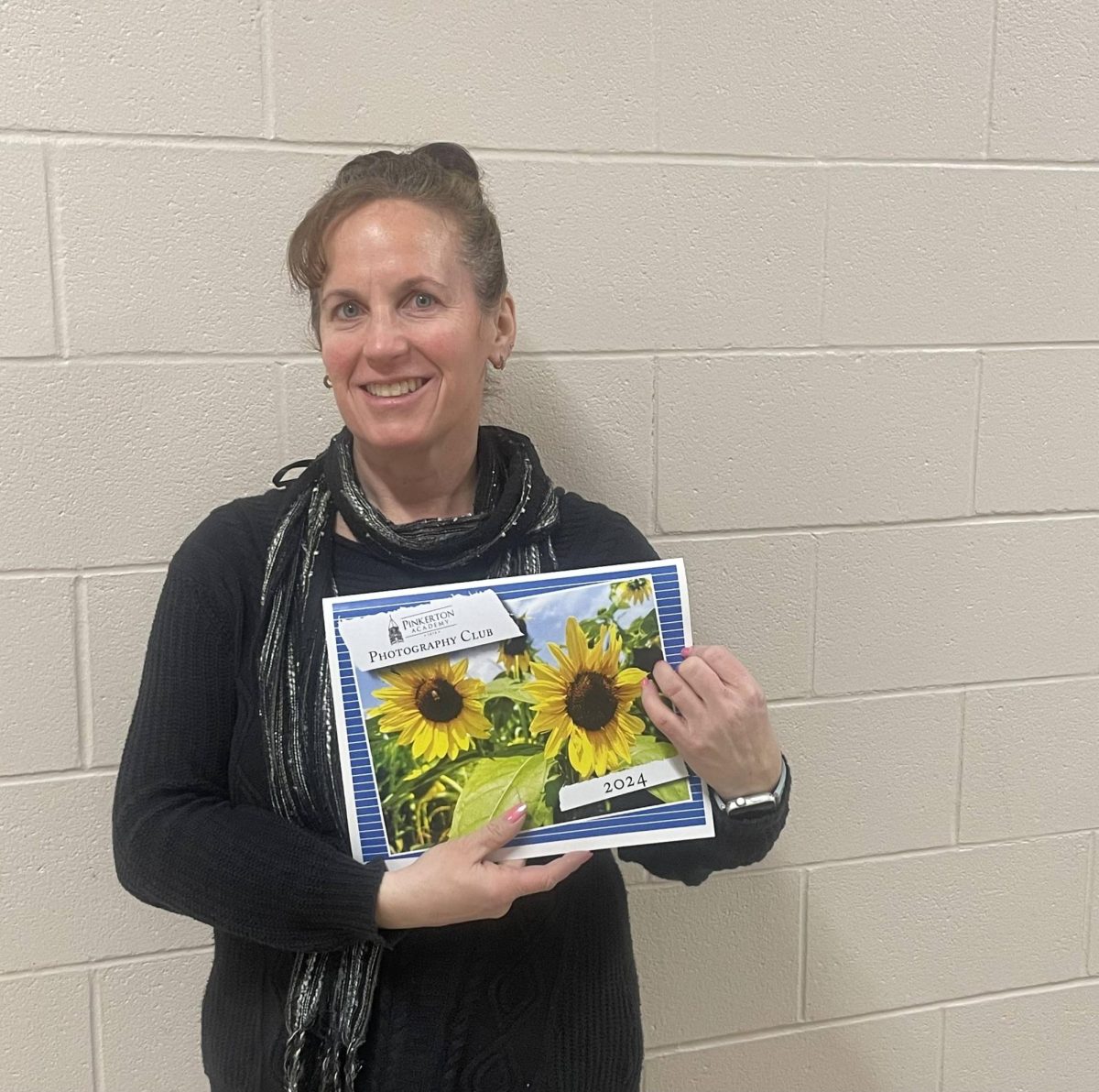If a sophomore or junior in Mr. Cain’s R3 journalism class is dismissed on time for L4, they would be around three minutes late to lunch. Walking across campus from the journalism classroom (room Z-415) to the Shepard Cafeteria takes an average time of 5:45.
According to a staff memo from administrators sent in November, students are allowed two minutes to get to their cafeteria instead of the six-minute period given for normal classes.
Associate Dean of Students Heidi Parenti said this has always been the standard.
“It was communicated sort of verbally ‘release them a little early,’” said Parenti, “but people were releasing at such different times that— and teachers really wanted to have a set time to release […] so two minutes early was deemed appropriate.”
The main reason for this was staggering the time that students arrived at lunch to prevent crowds in the cafeteria.
Before the pandemic, every lunch and class period lasted 45 minutes. Through observing lunches and the amount of time students need to eat, this was brought down to 22-minute (20 minutes in the Shepard cafeteria) periods in a new block scheduling model across all three cafeterias. The times are more difficult to schedule because of how many lunch periods Pinkerton has, according to Parenti.
“It has to do with just how much time there is in a full day,” said Parenti. “We have four lunches because we have so many students, not everybody can eat lunch at the same time. So we do have to cut them a little shorter, maybe, than we’d like because of the space in the cafeterias.”
In a schoolwide survey sent out on Nov. 29 with more than 300 respondents, 36.5 percent of students said they arrive to their cafeteria late and 59.1 percent said they do not think they have enough time to eat lunch.
“My teacher used to let us out at 11:08,” one student wrote, “which was enough time to get to lunch, but she got in trouble for letting us out in enough time to eat. Plus, the lunch bell rings early [in the Shepard cafeteria], which leaves me even less time to eat lunch.”
Students who buy lunch expressed that they have even less time to eat their meals.
“I bring my lunch so I am able to eat it in time,” said another student, “but my friends who don’t pack a lunch often have to wait until the last 5 minutes of lunch to even get through the hot lunch line.”
This sentiment was shared by some teachers who monitor lunches, including Jonathan L’Ecuyer who has lunch duty in the freshman cafeteria.
“For the most part, yes, most of them are done in the 20 minutes,” said L’Ecuyer when asked if he thought students had enough time to eat lunch. “But I think if you’re here later, like if you get in kind of on the later side, and there’s a long line it can be kind of too quick.”
Another factor in choosing shorter lunches is students’ behavior. In separate interviews, Parenti and three teachers (one from each cafeteria) all cited worse behavior during 45-minute lunches compared to 22-minute lunches.
“The advantage from a teacher’s standpoint or a monitor’s standpoint is that [a 22-minute lunch period] gives [students] less time to get in trouble,” said Stephen Gundrum, who has lunch duty in the Shepard cafeteria.
The idea is to give students enough time to eat their food without giving so much time that they get bored and misbehave.
“[Forty-five] minutes would give more time for students to settle and relax, but this could also leave more time for challenging behaviors to occur,” said Parker Cavallaro, who monitors the senior cafeteria. “When we had 45 minute lunches, there were many students who finished their lunches quickly, and weren’t able to handle the rest of that time appropriately. I’m not sure how a switch to 45 minute lunches would go if we did it again.”
Regarding the lunch passing periods, L’Ecuyer and Cavallaro both described the challenges of a two-minute period, especially as it affects students who travel across campus.
“If you had to go to another caf[eteria], I would say two minutes is a little tight,” said L’Ecuyer.
“Some students are lucky enough to have schedules that put them in the building where their lunch is hosted,” said Cavallaro. “Others are coming from across campus. Even if these students are dismissed at the same time, those crossing campus always arrive later. This is one of the challenges of our open campus and school size.”
For students, it can be frustrating to have short passing periods and long lunch lines cut into the already limited time they have to eat. On top of that, using the restroom and leaving two minutes early from the Shepard cafeteria leaves little time to socialize and take a break from schoolwork. The reason more than half of students want longer lunches is clear.
“Maybe there is a happy medium between 22 and 45 minutes,” said Cavallaro. “Perhaps a 30 minute lunch would be less hectic!”

